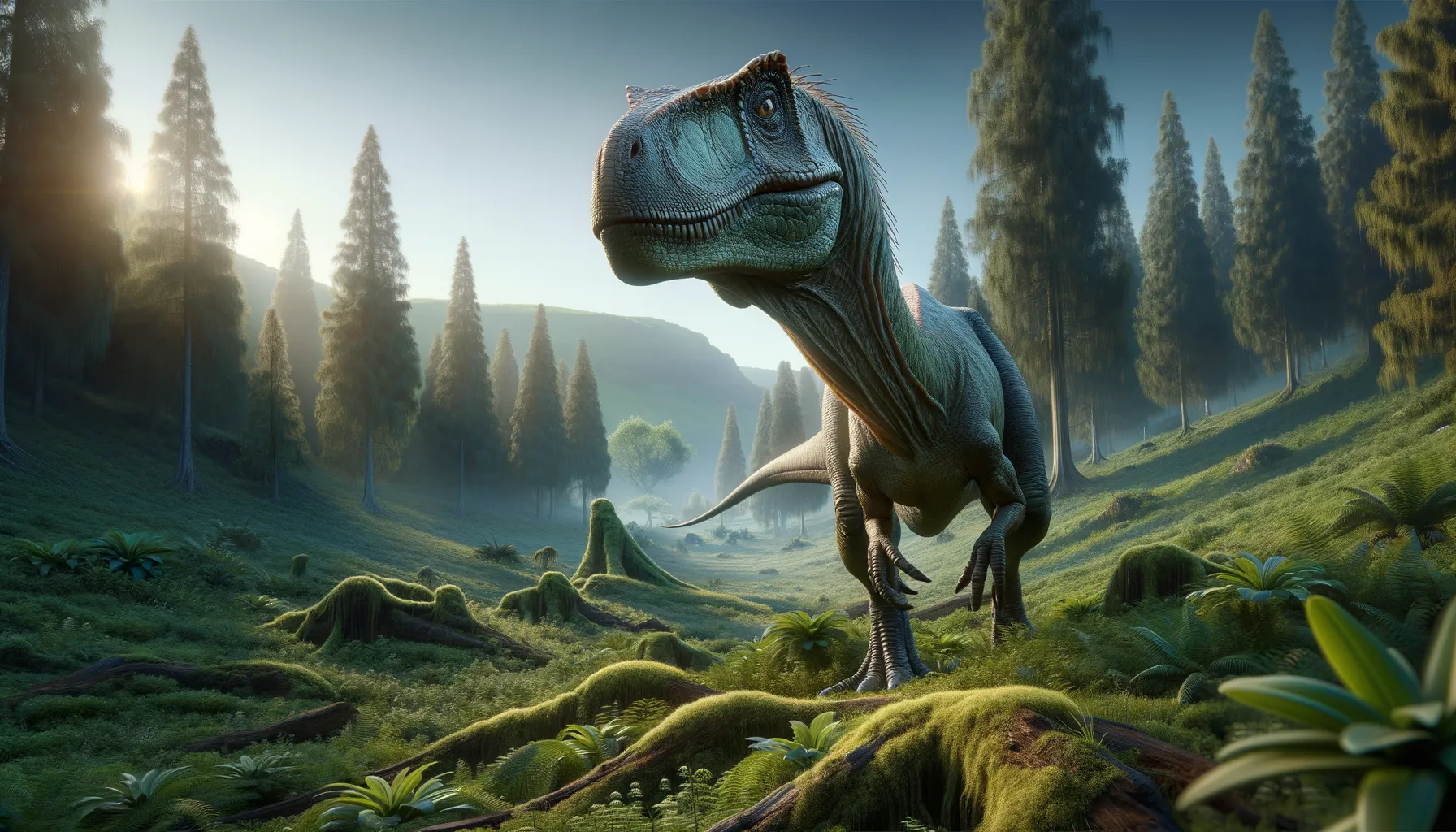
Liliensternus
Swift predator of the ancient Triassic world.
Period
Triassic
Length
Approximately 17 feet long.
Height
Roughly 3 feet at the hip.
Weight
Around 400 pounds.
Liliensternus was a carnivorous dinosaur from the late Triassic period, recognized for its slender body and long legs, which likely contributed to its agility as a predator. It is thought to be one of the larger early theropods, providing a glimpse into the evolutionary path of later, more famous theropods. Discovered in what is now Germany, this dinosaur adds an important piece to understanding the predators of its time.
Diet
Liliensternus was a carnivore, preying on smaller animals. It likely hunted small vertebrates, using its speed and agility.
Hunting
As a predator, it may have stalked its prey quietly before making a quick attack. It likely relied on its speed and reflexes to catch small animals.
Environmental challenges
Living in the late Triassic, Liliensternus faced changing climates as the period moved towards the Jurassic. Competition with other predators would have been significant, affecting food availability. Adapting to these changes was crucial for survival.
Speed
Potentially fast due to its slender build.
Lifespan
Exact lifespan unknown, likely similar to other theropods.
First discovery
Discovered in Germany in 1934 by Friedrich von Huene.
Fun Facts
- Liliensternus was a carnivorous dinosaur that lived in the Late Triassic period, around 210 million years ago.
- This dinosaur was named after Hugo Rühle von Lilienstern, a German paleontologist who studied early dinosaurs.
- Liliensternus grew to about 5.2 meters (17 feet) in length, making it a medium-sized predator of its time.
- It had a slender build with a long tail and sharp teeth, which helped it hunt smaller animals.
- Fossils of Liliensternus have been found primarily in Germany, shedding light on Europe's prehistoric ecosystems.
- As a bipedal dinosaur, Liliensternus walked on two legs, using its strong hind limbs for fast running.
- Compared to other theropods, Liliensternus is considered one of the older members of its group, showing early characteristics of later predators.
Growth and Development
Liliensternus would have hatched from eggs and gradually grown to its adult size. Young dinosaurs likely had to fend for themselves early on, developing survival skills rapidly. Growth rates are unknown but could have varied with environmental conditions.
Habitat
Liliensternus inhabited a world that was warm with seasonal variations. Forests and riverine environments were common, providing cover and hunting grounds. These habitats supported a variety of life, offering prey and challenges.
Interaction with other species
It likely competed with other carnivorous dinosaurs for prey, such as Coelophysis. Liliensternus may also have been preyed upon by larger theropods or scavengers. Its interactions contributed to the ecosystem's balance.
Natural lifespan
Its natural lifespan was probably similar to other early large theropods.
Reproduction
Like other dinosaurs, Liliensternus reproduced by laying eggs. Nests would have been constructed in safe locations to protect the young. Parental care, if any, remains uncertain but young were likely independent quickly.
Social behaviour
Little is known, but it might have been solitary or moved in small groups. Social structures were likely simple, focused on basic survival interactions. Communication methods remain speculative, possibly involving visual or vocal signals.
Fossil locations
Fossils have primarily been found in Germany, providing insights into its structure and lifestyle. These findings often come from sedimentary layers that were once river systems or floodplains. The quality of fossils has allowed paleontologists to make informed guesses about its life.
